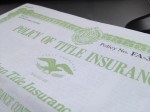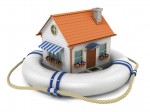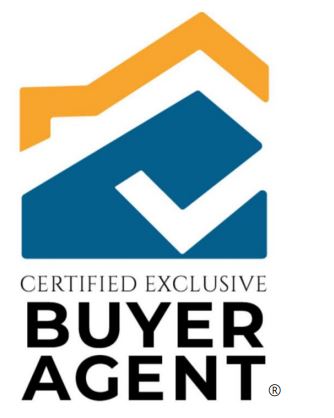Flood insurance: Facts and Fiction

If a flood swamps your home, will insurance cover the damage? That depends on the value of your home, the amount of water damage and whether you have a flood insurance policy.
Let’s look at some persistent myths about flood insurance.
Myth: You must live in a flood plain to get coverage.
If you live in a flood plain, your mortgage company will likely require you to buy flood insurance. But you can purchase it even if you don’t live within a flood zone. “Almost anybody can get flood insurance who wants flood insurance,” says Chris Hackett, director of personal lines for the Property Casualty Insurers Association of America. The price through the federal flood insurance program is based on standardized rates and depends on the home’s value and whether or not it’s in a flood plain.
Myth: Flood insurance covers everything.
When it comes to the physical structure of your house, federal flood insurance policies top out at $250,000. If you have a $300,000 house that’s a total loss because of a flood, the most you can recoup through the program is $250,000 to cover the structure itself. For your personal possessions, the cap is $100,000 under the federal program.
Myth: My homeowners policy covers floods.
“Unfortunately, a lot of folks may be under the impression that their standard homeowners policy might cover flood damage,” Hackett says. But the standard policy does not! The typical home insurance policy doesn’t cover earthquakes or floods. So a homeowner wanting coverage for either of those disasters will need to pick up separate, specific coverage against those types of disasters.
Myth: Water damage is water damage. When it comes to your insurance, not all water damage is the same.
If there’s a storm and your “roof comes off and water comes through, that would be covered under your homeowners policy,” Hackett says. “Versus a flood situation where the water is rising from an over flowing riverbank overflows or an unnatural amount of rain that is rising from the street.
Myth: Flood maps don’t change.
Flood plains (and flood plain maps) change and evolve. Just because you weren’t in a flood plain when you bought your home a few years ago doesn’t mean you’re not in one now.
For more information, visit FloodSmart.gov.








 Kim N. Bregman
Kim N. Bregman